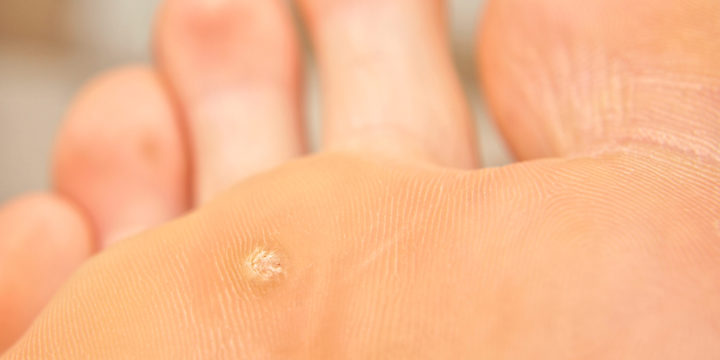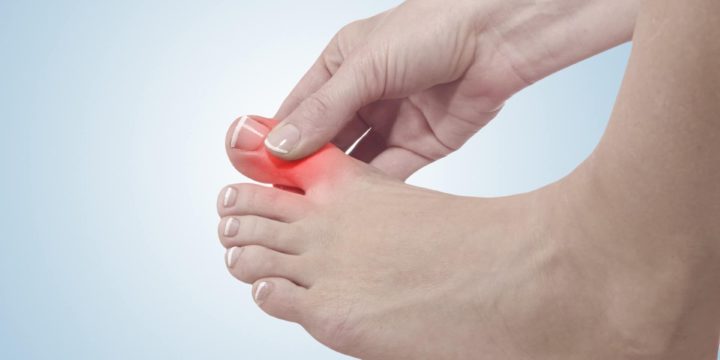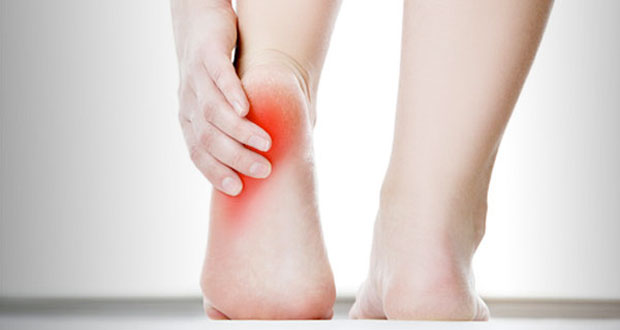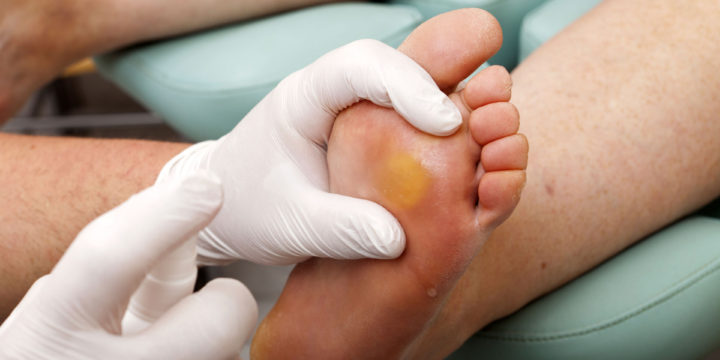
Verrucae Treatment
Verrucae are plantar warts that often occur on the soles of feet or around the toes. They are caused by the Human Papilloma Virus (HPV) which is highly contagious through direct person to person contact. Although harmless verrucae can be painful if they develop on a weight bearing part of the foot. In addition, callus can form over the surface increasing your discomfort. Some strains of the virus spread very quickly and can look unsightly. Your podiatrist will discuss these treatment options with you and suggest a management plan to provide you with the best care. At your initial appointment a full assessment will be carried out to ensures the podiatrist has a good understanding of your medical history (including any medications). A range of acid based treatments (stronger than…








